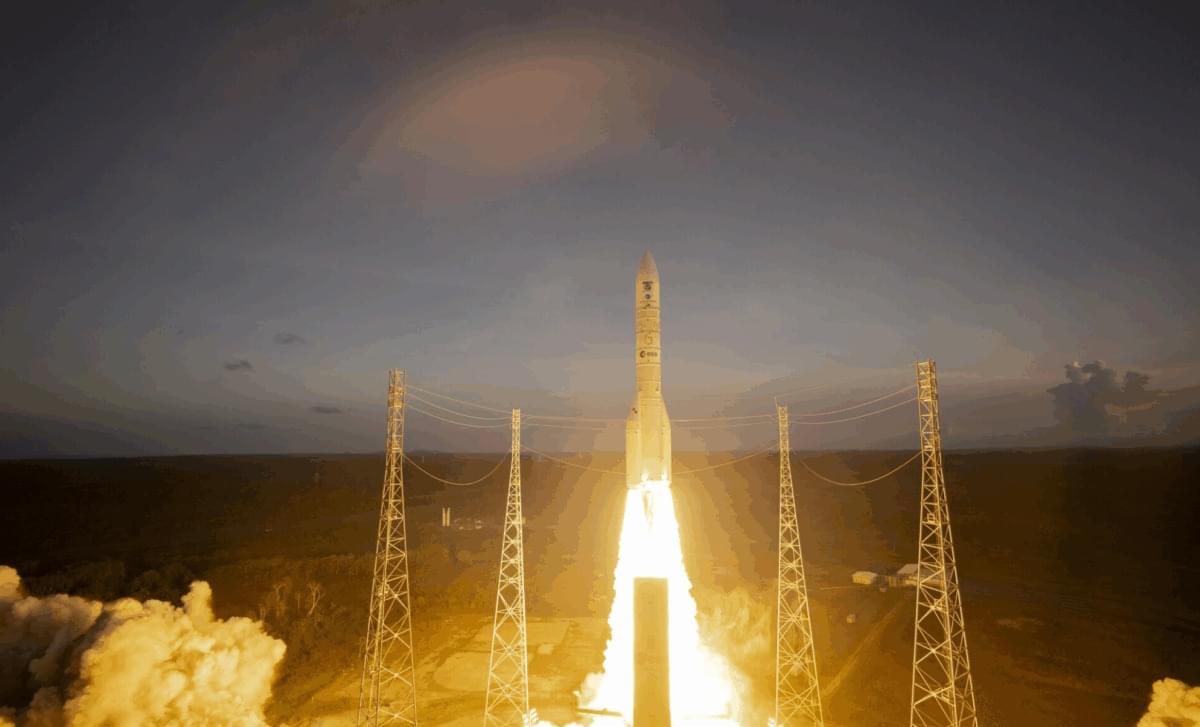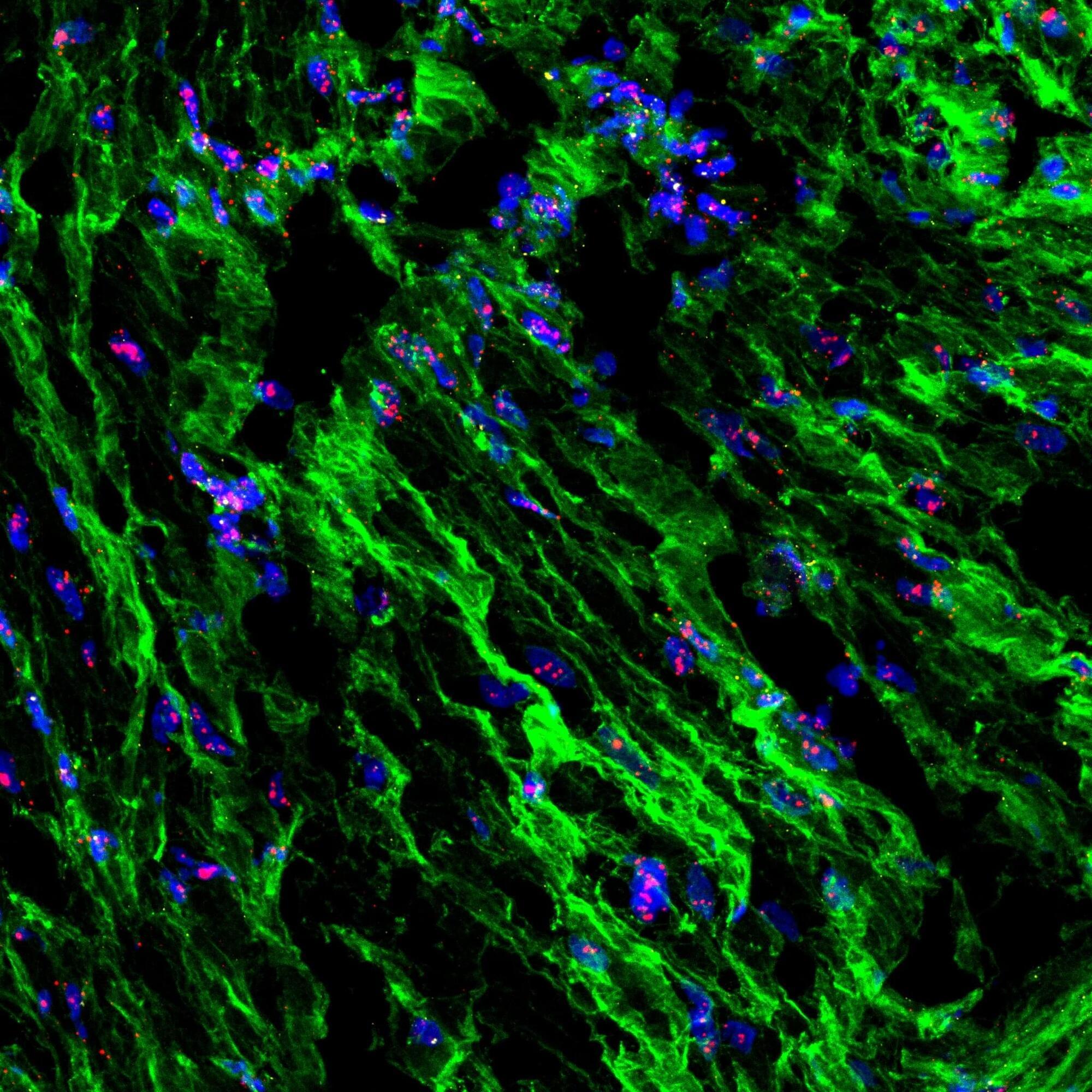The launch of Sentinel-1D marks a major step in Earth observation, providing vital data for climate science, disaster response, and environmental monitoring.



Liftoff of the Sentinel-6B satellite is scheduled for 12:21 a.m. ET on Monday (Nov. 17).

Intel might have been lagging significantly behind in the chip business, but when it comes to advanced packaging, the firm has competitive options.
Ever since high-performance computing became the norm in the industry, the demand for robust compute solutions has increased at a pace that surpasses the improvements brought about by relying solely on Moore’s Law. But, to meet the industry’s demand, manufacturers like AMD and NVIDIA adopted advanced packaging technologies, which essentially brought in ‘multiple chips’ in a single package, boosting chip densities as well as platform performance. Advanced packaging solutions have become an integral part of the supply chain, and TSMC has dominated this segment for several years now, but this could change.
In new job listings by Qualcomm and Apple, it appears that both companies are seeking talent with expertise in Intel’s EMIB advanced packaging technology. The Cupertino giant is hiring a DRAM packaging engineer, requiring experience in “advanced packaging technologies such as CoWoS, EMIB, SoIC, and PoP”. Similarly, Qualcomm is recruiting a Director of Product Management for its Data Center Business Unit, which requires familiarity with Intel’s EMIB as well, indicating that interest is defintely there.

Cascaded nonlinear optics has long enabled advances in short-wavelength generation, but equivalent approaches for long wavelengths remain underdeveloped. Here, the authors demonstrate a chip-based lithium niobate platform that delivers tunable mid-infrared light, opening new possibilities for sensing, spectroscopy, and communications.


Every year, 12 million people worldwide suffer a stroke; many die or are permanently impaired. Currently, drugs are administered to dissolve the thrombus that blocks the blood vessel. These drugs spread throughout the entire body, meaning a high dose must be administered to ensure that the necessary amount reaches the thrombus. This can cause serious side effects, such as internal bleeding.
Since medicines are often only needed in specific areas of the body, medical research has long been searching for a way to use microrobots to deliver pharmaceuticals to where they need to be: in the case of a stroke, directly to the stroke-related thrombus.
Now, a team of researchers at ETH Zurich has made major breakthroughs on several levels. They have published their findings in Science.

Soft drink consumption is linked to an increased risk of major depressive disorder and greater depressive symptom severity, mediated by changes in gut microbiota, particularly Eggerthella abundance.
Question Is soft drink consumption related to depression diagnosis and severity, and is this association mediated by gut microbiome alteration?
Findings In this cohort study, soft drink consumption was significantly associated with diagnosis of major depressive disorder, as well as depression severity, across a single-study cohort of 932 clinically diagnosed patients and healthy controls. This association was significantly mediated by Eggerthela abundance in female patients and controls.
Meaning Education, prevention strategies, and policies aiming to reduce soft drink consumption are urgently required to mitigate depressive symptoms; in addition, interventions for depression targeting the microbiome composition appear promising.

When labor begins, the uterus must coordinate rhythmic, well-timed contractions to deliver the baby safely. While hormones such as progesterone and oxytocin are key contributors to that process, scientists have long suspected that physical forces—in this case, the stretching and pressure that accompany pregnancy and delivery—also play a role.
Now, a new study from Scripps Research published in Science, reveals how the uterus senses and responds to those forces at a molecular level. The findings could help scientists better understand the biological roots of conditions such as stalled labor and preterm birth, guiding future efforts to develop treatments that improve maternal care.
“As the fetus grows, the uterus expands dramatically, and those physical forces reach their peak during delivery,” says senior author Ardem Patapoutian, a Howard Hughes Medical Institute Investigator and the Presidential Endowed Chair in Neurobiology at Scripps Research.
